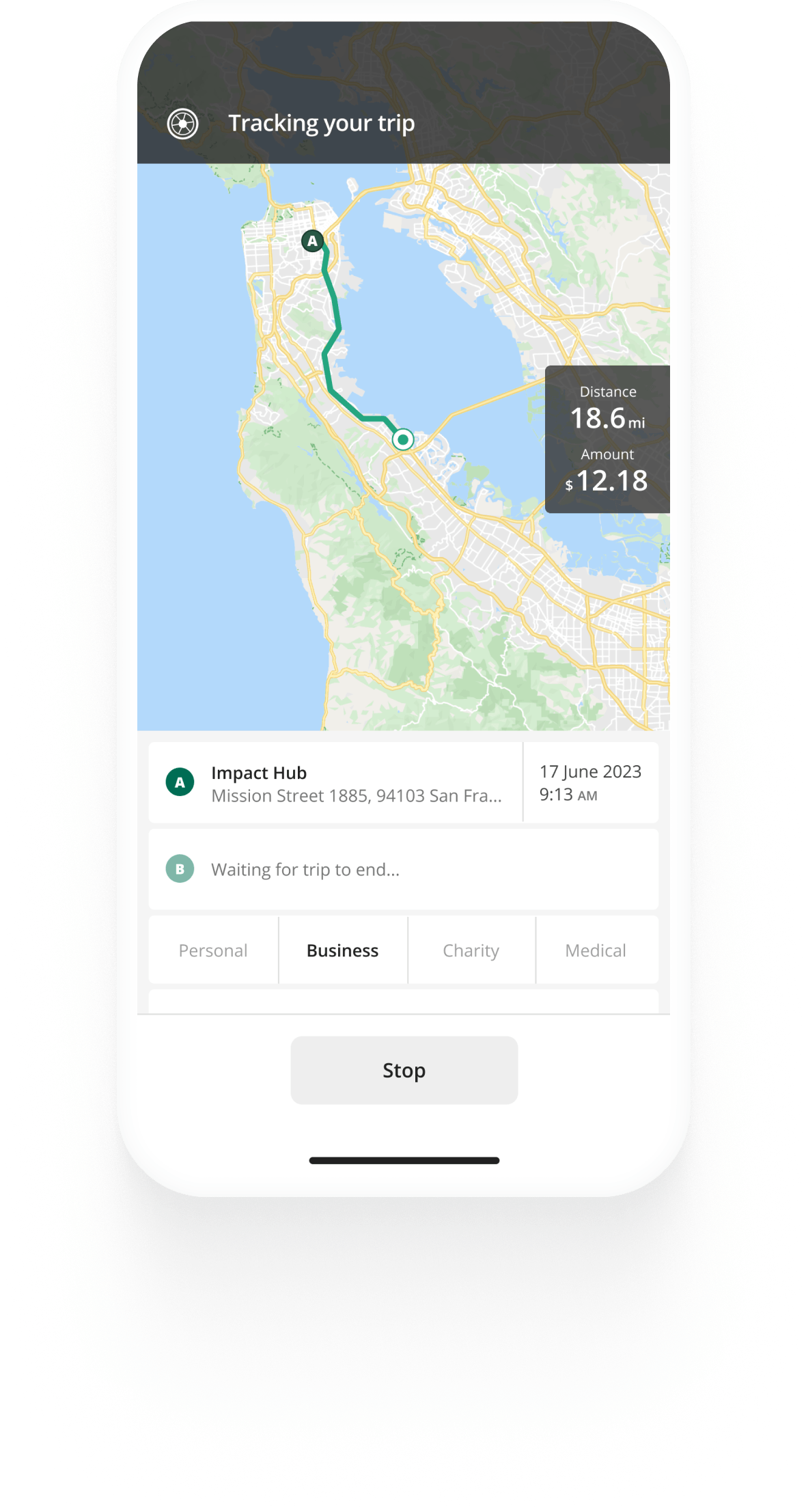Track mileage automatically
Get startedWhat Are Tax Credits?
Tax credits are incentives offered by the government to reduce the amount of tax you owe. If they exceed your owed taxes, it may even result in a tax refund. To manage your tax credits, you'll need to research which credits apply to your specific situation and keep accurate records of your income and expenses.
Here is a list of some of the most common tax credits in the United States:
- Earned Income Tax Credit (EITC)
- Child Tax Credit (CTC)
- American Opportunity Tax Credit (AOTC)
- Lifetime Learning Credit
- Saver's Credit
- Residential Energy Credit
- Child and Dependent Care Credit
- Health Coverage Tax Credit (HCTC)
- Premium Tax Credit
- Tax Credit for Purchase of Electric Vehicle
This list is by no means exhaustive, but it should give you an idea of what you can claim for, when you manage your tax credits.
How much can you earn and still get tax credits?
The amount you can earn and still be eligible for tax credits varies depending on the specific credit and your personal circumstances. The income limits for tax credits depend on the specific credit and your personal situation. For instance, the Earned Income Tax Credit (EITC) in the US has income limits based on your filing status and the number of qualifying children you have. Similarly, the Child Tax Credit has its own income limits, which can result in the credit beginning to phase out at certain income levels.
It's important to keep in mind that each tax credit has its own set of eligibility requirements and rules, so it's crucial to carefully review the guidelines.


Mileage tracking made easy
Trusted by millions of drivers
Automate your logbook Automate your logbook

Automatic mileage tracking and IRS-compliant reporting.
Get started for free Get started for freeWhat’s the difference between tax credit and tax deduction?
A tax credit is a dollar-for-dollar amount you subtract from the taxes you owe, whereas a tax deduction is subtracted from your taxable income, before you calculate how much you owe.
For example, if you buy an electric vehicle and occasionally use it for business purposes, you would go about the deduction and credit in this order:
- Calculate your mileage deduction first, using the automatic Driversnote mileage tracking app, of course.
- Then subtract that from your taxable income.
- Based on your taxable income, you find out how much tax you owe.
- Then you can subtract the tax credit for buying an EV from that amount.
To ensure that you avoid potential penalties, it's essential to manage your tax credits carefully. You can consult with a tax professional or use tax preparation software to help you claim your credits accurately and effectively.
FAQ

Tired of logging mileage by hand?
Effortless. IRS-compliant. Liberating.
Related posts
IRS Mileage Guide
February 10, 2025 - 10 min read
Mileage reimbursement in the US — rates and rules for employees, self-employed and employers in the US.
IRS Mileage
December 23, 2024 - 2 min read
Find out what IRS mileage is and how you can claim it. See how much you can claim per mile from the IRS for your business-related driving.
DoorDash Background Check
October 21, 2024 - 2 min read
Here’s what to expect when DoorDash conducts background checks, how Checkr works, and why it may take longer to get approved.

